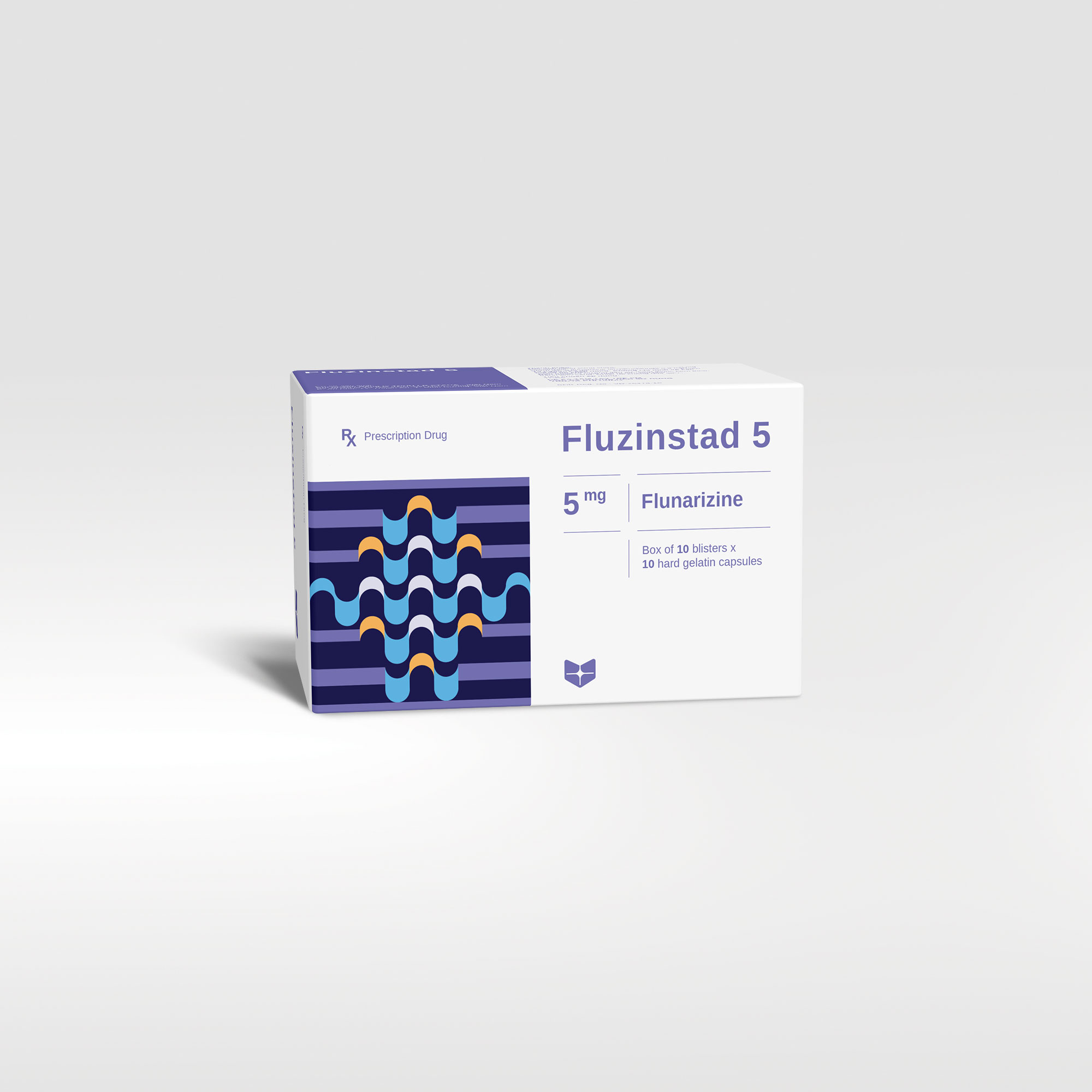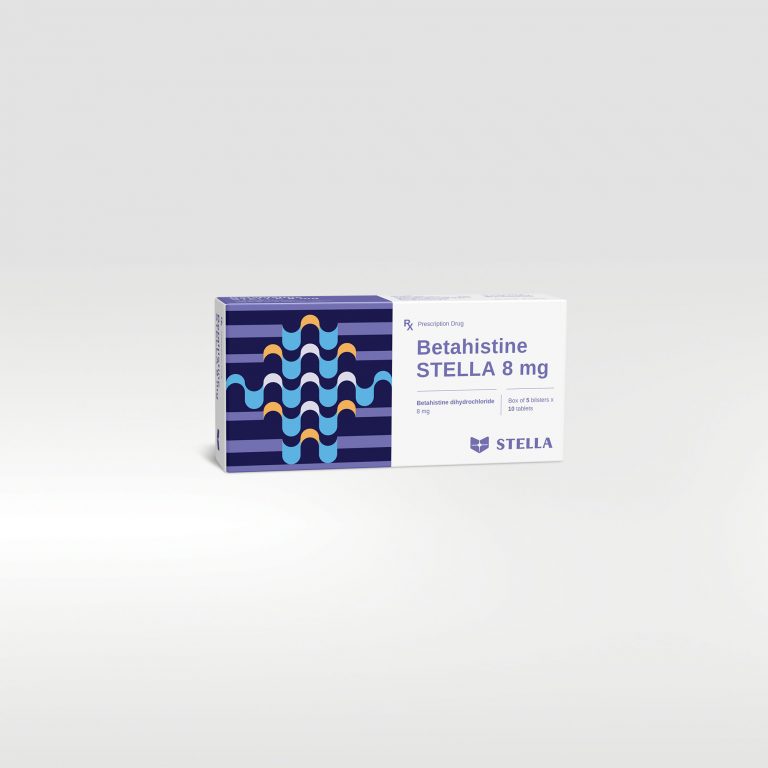Fluzinstad 5 Rx
Flunarizine has calcium-channel blocking, antihistamine and sedative activity. It prevents cellular calcium overload by reducing excessive transmembrane calcium influxes. Flunarizine has no effect on myocardiac contractility, does not inhibit the sinus node or atrioventricular, does not increase heart rate, has no anti-hypertensive effect.
| Pack size | Box of 30 capsules, 100 capsules |
| Shelf-life | 36 months |
| Composition | Flunarizine |
| Dosage forms and strengths | Hard gelatin capsule: 5 mg |
Product code :




